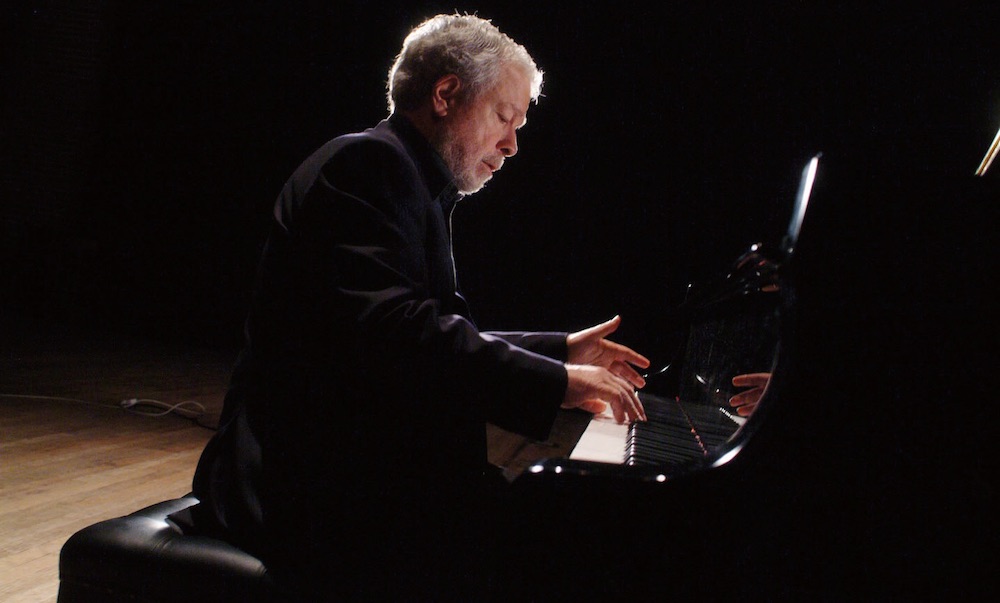Concert Hall, Sydney Opera House
March 14, 2018
This was something of a rarity: a concert program without a linking theme or title. Of course, there is a link in that Wagner was greatly influenced by Beethoven, but it was the Ninth Symphony that obsessed him. Basically though, what we heard was a concert of two masterpieces that stand up in their own right.
 Nelson Freire. Photo © Benjamin Ealovega
Nelson Freire. Photo © Benjamin Ealovega
The fifth and last of Beethoven’s Piano Concertos, the Emperor, was completed in 1811, when the composer’s deafness was too advanced to allow him to play with an orchestra. Even so, it is not “late Beethoven”, which is notable for its inwardness and emotional weight. Rather, the concerto has a bright, militaristic veneer. (Arguably, the Fourth Piano Concerto has greater depth.) From the soloist’s point of view the Fifth is also a virtuoso showpiece, right from the flourishes of the opening bars. The venerable Brazilian pianist Nelson Freire treated the concerto as exactly that, tossing off the opening cascades of notes with great fluency and evenness. Throughout, his sound had a glittering brightness to it, his approach one of urgency yet with no sense of struggle. The 73-year-old master has lost none of his astounding technical facility – not for nothing is he one of the few pianists called upon to partner Martha Argerich in duo-piano works.
The slow movement was sensitively shaded, not only by Freire but also by the orchestra under the assured direction of guest conductor Donald Runnicles. The warmth of the string tone at this point was truly a thing of beauty. When Freire launched into the rousing Rondo finale at a heck of a lick, faster than I remember ever hearing it, my feeling was that the performance was a fraction too swift for the humour of Beethoven’s sudden key changes to fully register, but the upside was plenty of visceral excitement.
The second half of the concert was devoted to orchestral excerpts from Wagner’s Ring Cycle. Although the five selections were said to be “performed without pause”, in effect what we had was two separate movements – The Ride of the Valkyries from Die Walküre, and Forest Murmurs from Siegfried, followed by a Wagnerian tone-poem made up of three continuous selections from Götterdämmerung: Dawn and Siegfried’s Rhine Journey, Siegfried’s Funeral March, and Brünnhilde’s Immolation. While one misses the whooping vocal contributions of the Valkyries, and even Siegfried’s few lines of innocent wonderment in Forest Murmurs, Wagner’s orchestral writing is worth hearing on its own because it is so distinctive and ground breaking. Forest Murmurs can lay claim to be the first piece of impressionist orchestral music, totally concerned with colour rather than form. These pastoral colours were beautifully delineated, with lovely playing by the woodwinds (the clarinet very prominent). Runnicles, who spends much of his time conducting opera, knows how to control the ebb and flow of this music perfectly, and to balance the large orchestral forces. Speaking of that, it was exciting to return after interval to see the stage crammed with instruments: eight French horns, ten double basses and four harps among them. We cannot boast an opera orchestral pit capable of housing such large forces so hearing them on stage in the Concert Hall is a special treat.
All in all, a stimulating evening of familiar music – but not so familiar that you could ever take it for granted, especially not with artists like Freire and Runnicles involved.
The Sydney Symphony Orchestra performs Nelson Freire plays the Emperor at the Sydney Opera House on March 16 and 17












Comments
Log in to join the conversation.